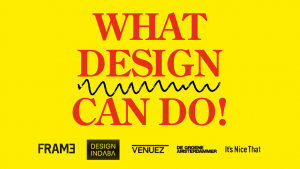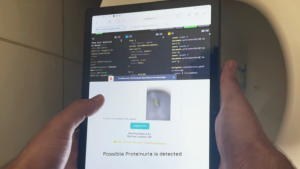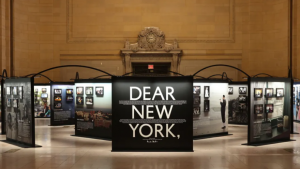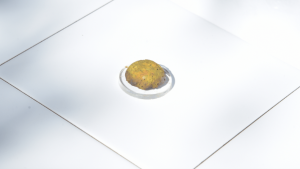From the Series
Designer David Kester recently left his position as chief executive of the Design Council in the United Kingdom to explore a new challenge at Thames & Hudson Publishers. At this year’s What Design Can Do conference, Kester spoke about the ways in which design is increasingly useful for organisations, institutions and social purposes.
In his presentation Kester focused on a project titled ODE, which looks at ways people with dementia can remain independent and continue to live in their homes. “One of the greatest obstacles for people suffering from dementia is that they tend to forget to eat. This leads to weight loss, often resulting in them being taken into care,” says Kester. ODE is an appetite stimulation by aroma device that maintains an interest in eating: “It just reminds the dementia sufferer that now is the time to eat, now I feel peckish, and it has worked,” says Kester.
In this interview, Kester explains that although designers are not always the ones coming up with groundbreaking ideas, they are the ones who are able to make things more elegant and bring dignity into the design process.
Designers are the people who will figure out the best way to implement ideas using fun, enthusiasm and optimism. They bring a wonderful sense of hope and that’s what I love about design: optimism and hope, says Kester.
Kester used a hospital bedside table as an example of how drawing on the skills of people in various fields can lead to discovering more than we know currently. “If we use scientists, nurses, patients and design researchers, we will find out new and exciting things,” says Kester.
Designers are increasingly being used in developing whole new ideas and are part of the discovery and exploration process, says Kester.
Through implementing design into all elements of a business in order to better the business and increase its profits, Kester used the example of the White Logistics and Storage company to highlight the importance of embedding design into all aspects of an establishment. “Design was able to put this company at the forefront of business and their competitors,” says Kester.
I believe you need to continue developing the high-quality craft skills, while placing designers into multidisciplinary teams to work on interesting problem sets. The institutions that get this right will serve us well in the future, says Kester.










